-
7,271
Total area, in square kilometres, of forest cover lost in natural heritage sites between 2000 and 2012, 10 times Singapore's land area (719 sq km).
WORLD FOCUS
Heritage sites under threat: Sites in Asia suffering worst damage, says study
Rising populations, increased human activity have damaged many sites: Study
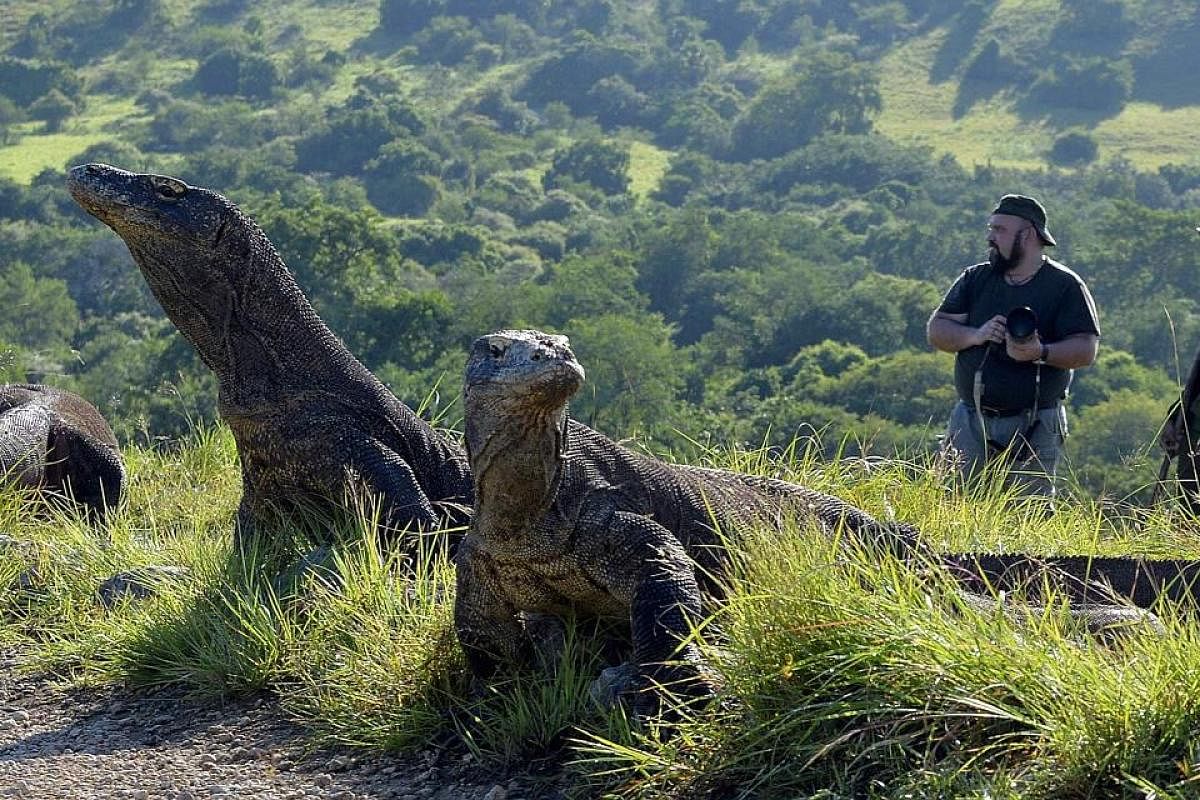
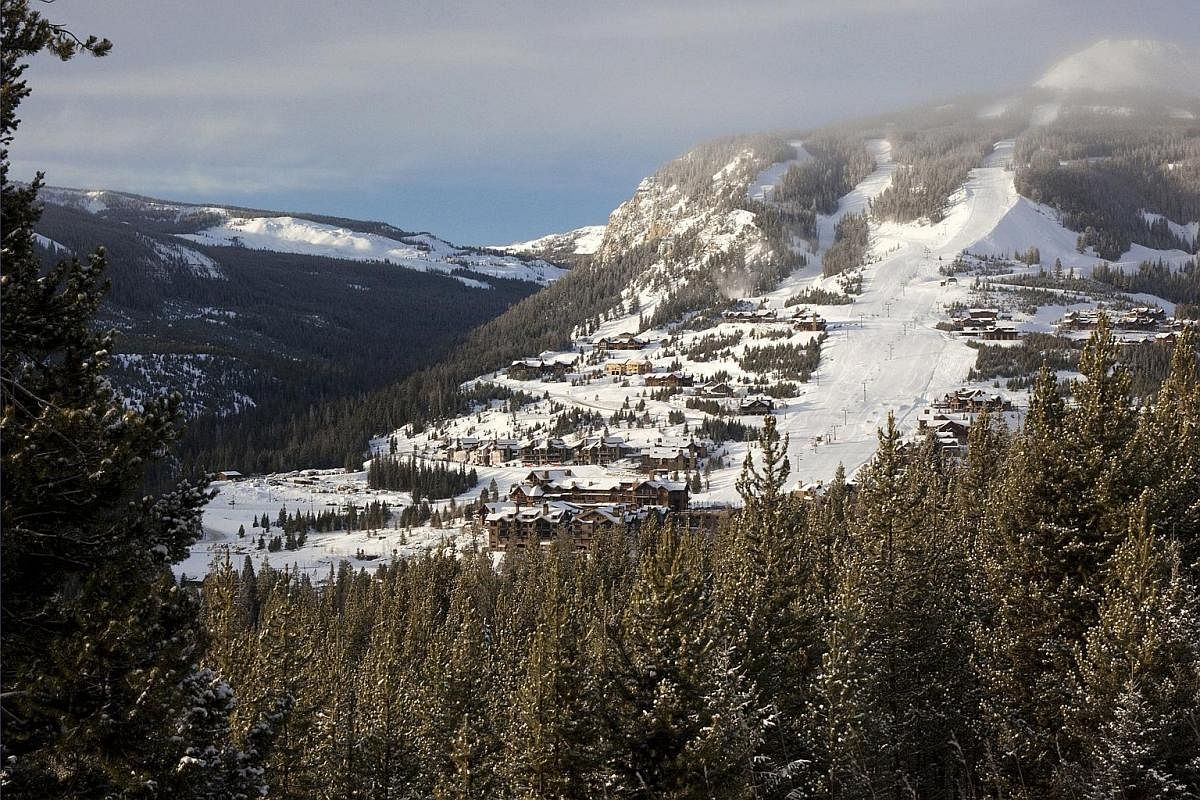
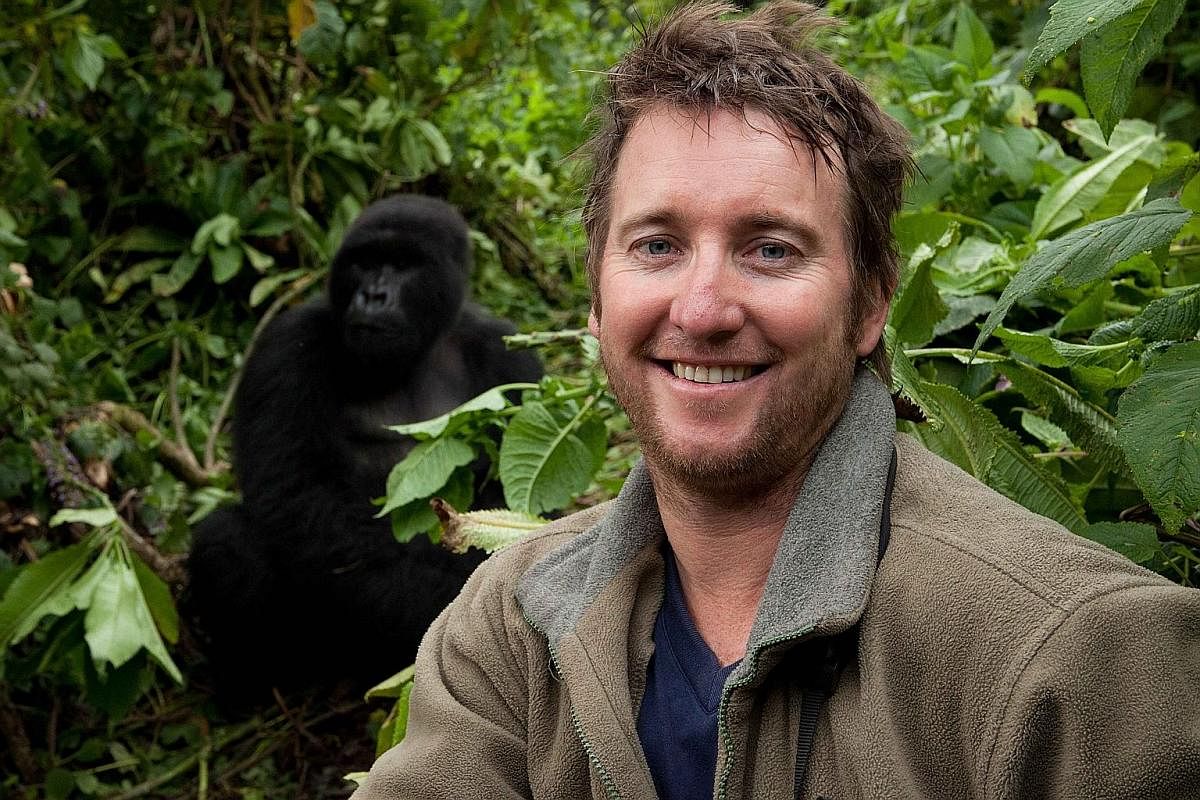
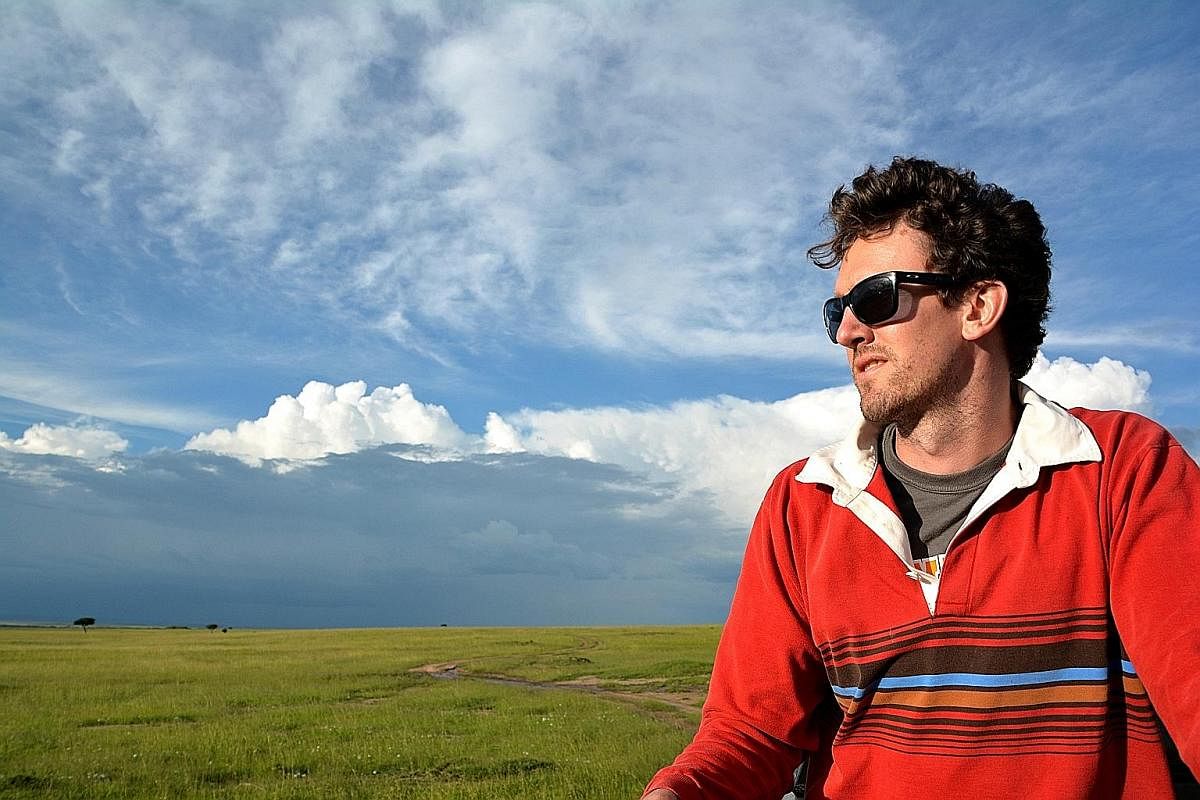
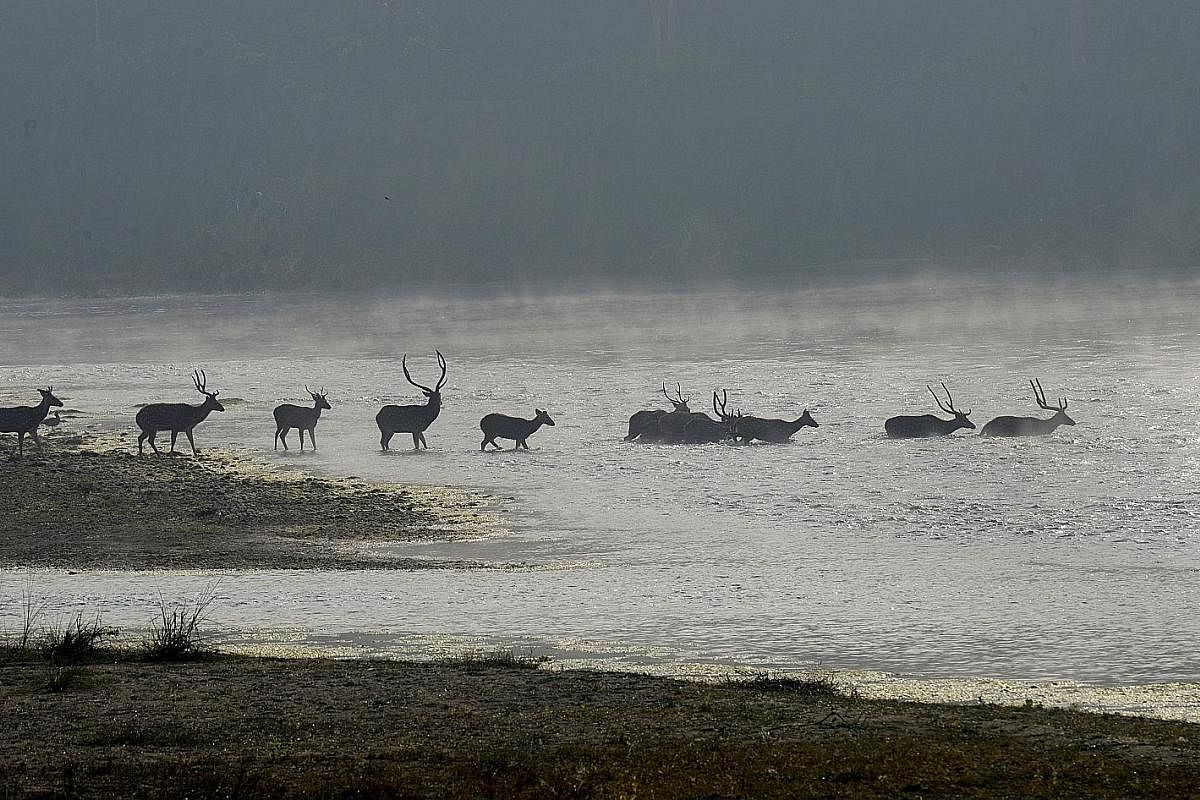
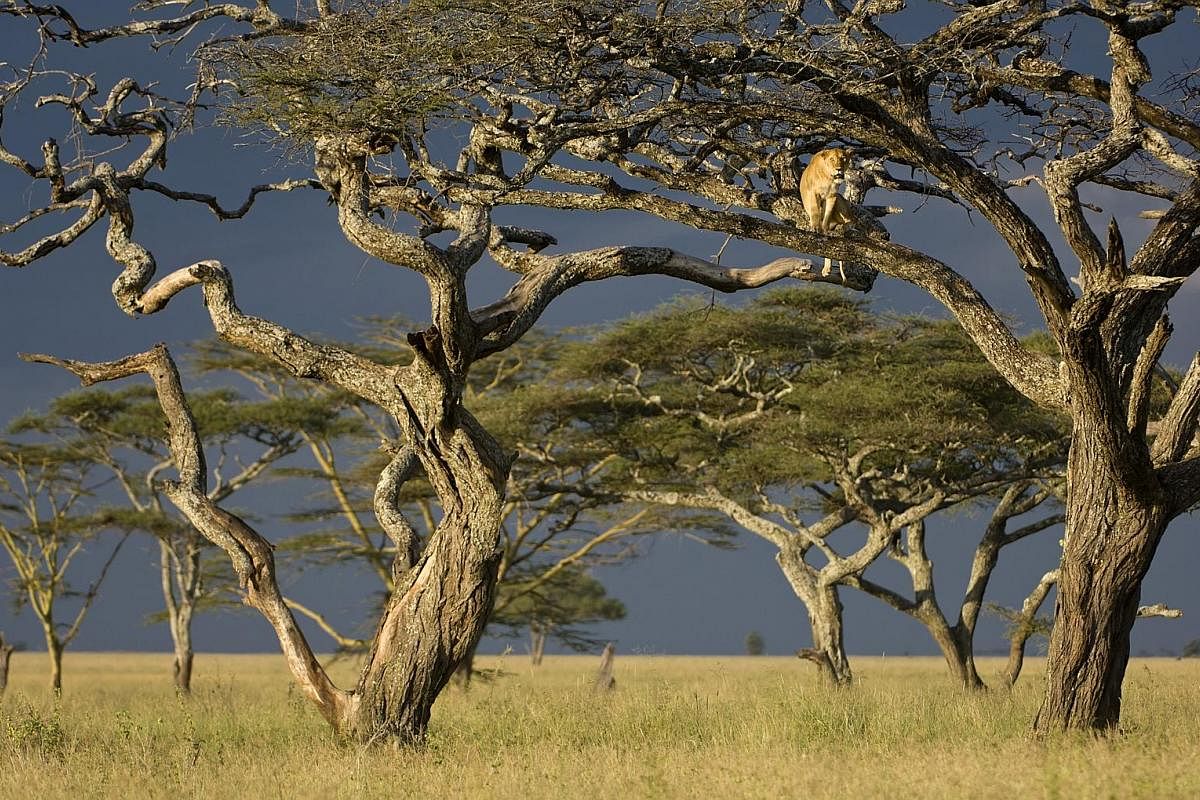
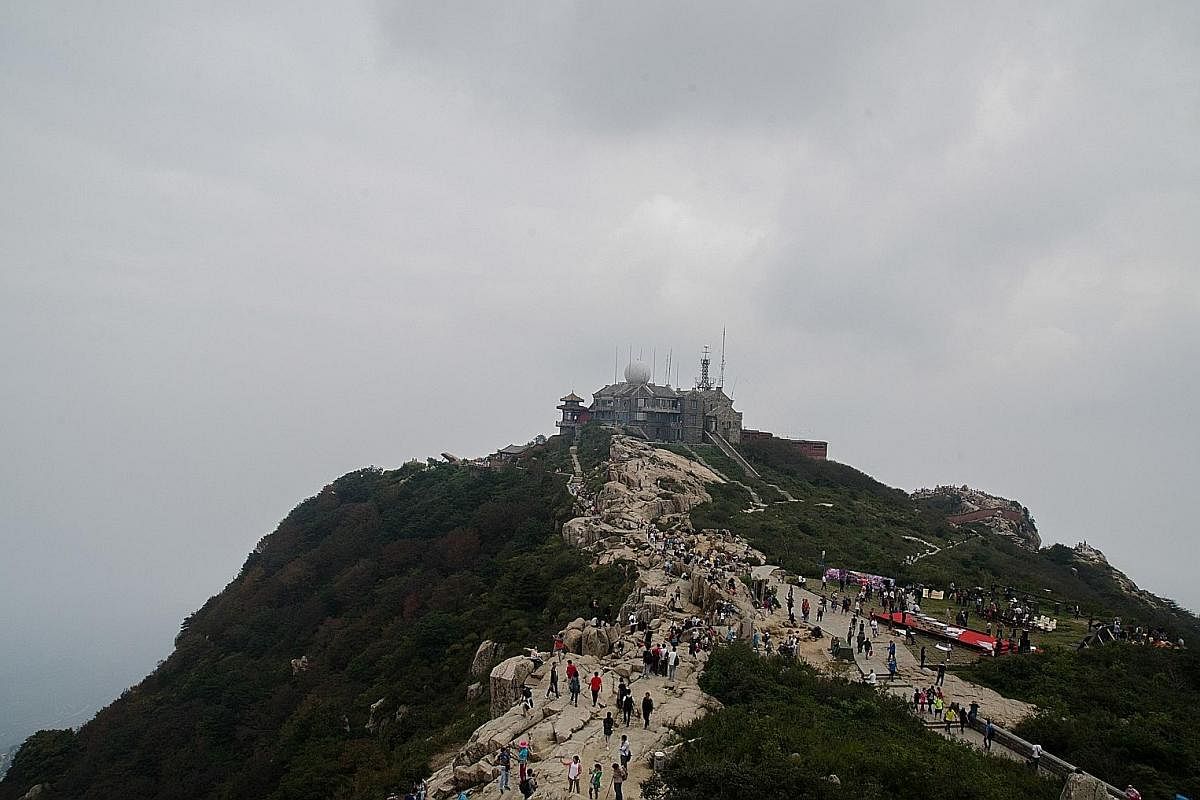
In the past 45 years, a select group of sites across the planet have been chosen as members of a unique and highly exclusive club.
These are the 203 sites of such natural beauty or "universal" value that they have been included on the United Nations' World Heritage List.
The list spans all continents and includes some of the world's most famous natural phenomena, such as the rainforests of Sumatra in Indonesia, the Grand Canyon in the United States and Australia's Great Barrier Reef.
But these prized assets of planet Earth are under growing threat.
A landmark study by Australian researchers has found that rising populations and increased human activity have damaged more than a quarter of the world's most important natural sites, with sites in Asia suffering the worst damage.
The worrying assessment emerged from the first study to examine the impact of human activity on the 203 sites, including pressures from urban development, farming, mining, roadworks, railway construction and logging.
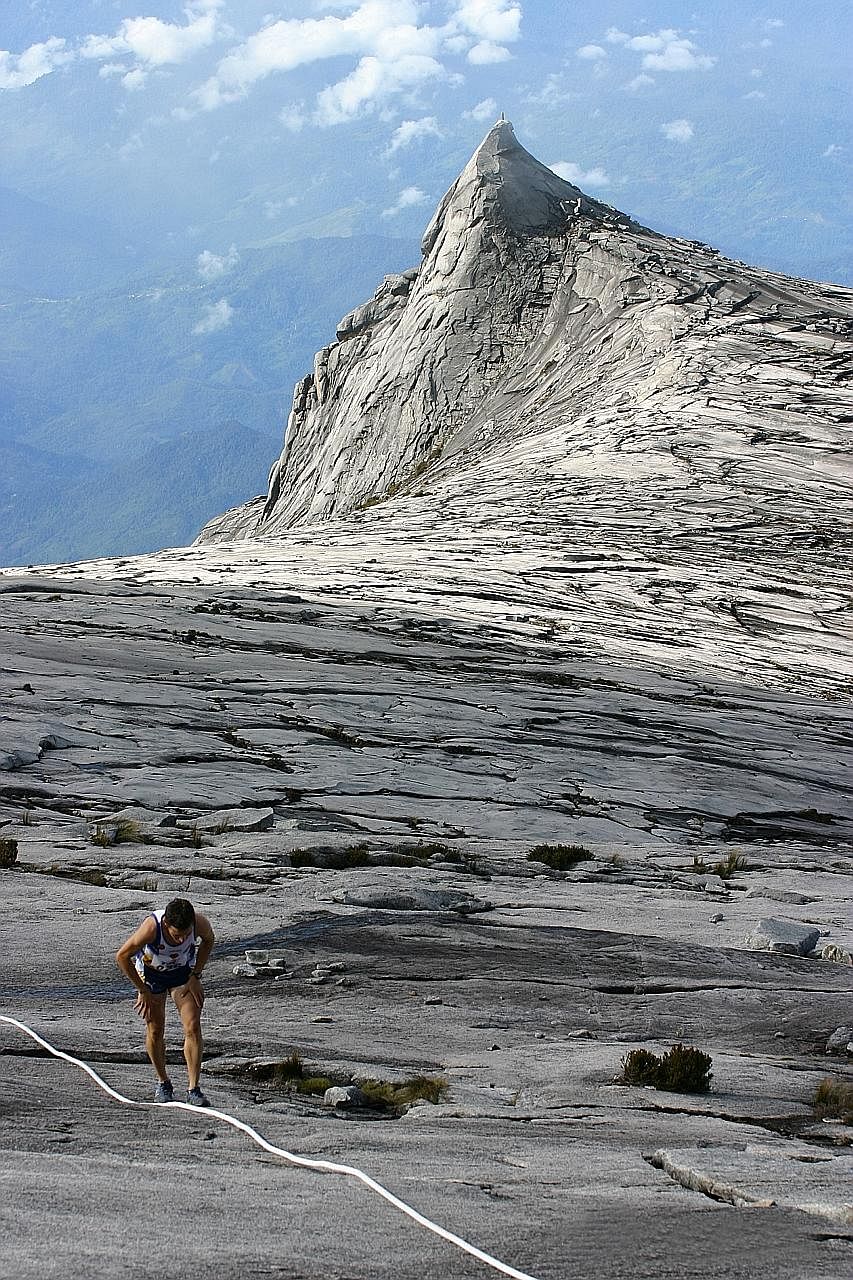
-
Asian sites badly affected
Spanning 1.5 million ha in Central Africa, the Serengeti National Park is best known for its annual migration of wildebeest and has long been one of the world's most famous safari destinations.
Indeed, when United Nations officials met in Sweden to decide on the first list of World Heritage Sites in 1972, Serengeti was at the top of the list. But this has not prevented growing pressure from the area's fast-increasing human population.
For the past seven years, officials in Tanzania have been pushing a controversial plan to build a highway through the park. The road would improve transport during the rainy season for the five million people living around the park but could pose a serious threat to the wildebeest migration.
According to an assessment by Unesco, the transport plan "would essentially cut the ecosystem into two halves, with predictably negative consequences".
The proposed road through Serengeti is one of the more striking examples of the clash between humans and the environment that is causing heavy damage to some of the world's most valued sites of natural beauty.
Some of the worst damage has been in Asia, according to a study by University of Queensland researchers.
One of the Asian sites to suffer the worst pressure from human activity is Manas Wildlife Sanctuary, a reserve in India which provides habitats for rare and endangered species, including tigers and rhinoceroses. The sanctuary has reportedly come under pressure from dams in the area.
Indonesia's Komodo National Park has suffered the second-worst pressure from human activity. The park covers a series of volcanic islands inhabited by about 5,700 giant lizards known as Komodo dragons.
The main threats to the park have been from illegal fishing, tourism and the fast-growing local population.
Other natural sites in Asia have suffered serious forest loss in and around the preserved area. Researcher James Allan singled out the clearing of forests for agriculture and timber that is wiping out tree cover around Malaysia's Kinabalu Park and Indonesia's 2.5-million-ha Tropical Rainforest Heritage of Sumatra.
In 2011, Unesco placed a collection of three nature reserves in Sumatra on its "in danger" list due to poaching, illegal logging and agricultural encroachment, and plans to build roads through the rainforest site.
Mr Allan said that the site was "in real trouble".
"It has lost 10 per cent of its area," he said.
Jonathan Pearlman
The study, published in the Biological Conservation journal last month, found that 91 per cent of the forested sites have suffered forest loss, 50 sites have suffered from population growth and 20 have been potentially damaged beyond repair.
Sites singled out as the worst affected include Indonesia's Komodo National Park, China's Mount Taishan and Malaysia's Kinabalu Park.
"Many natural World Heritage Sites are rapidly deteriorating and are more threatened than previously thought," said the study.
"We found that human pressure is increasing and forest loss is occurring in the majority of forested natural World Heritage Sites worldwide, threatening to undermine their outstanding universal value."
The study, led by University of Queensland researchers, relied on high-resolution satellite mapping showing changes in global forest cover between 2000 and 2012, as well as "human footprint" data examining changes to the environment due to infrastructure and urban development between 1993 and 2009.
It found that sites have lost about 1.5 per cent of their forest cover since 2000. Human activity had increased in 63 per cent of sites, and Asian sites have suffered the biggest changes due to such activity.
Calling for improved monitoring of global nature sites, the study said increased human activity threatened to undermine the success of the World Heritage Convention - the global agreement to preserve sites of value worldwide. The convention has 193 signatories, believed to be more than any other treaty.
"There is a clear opportunity for the World Heritage Committee to establish thresholds and targets with regard to human pressure and forest loss in natural World Heritage Sites, and measure the effectiveness of management interventions across sites," said the study.
"We urge the World Heritage Committee to assess the status of the (sites) which our analysis suggests are highly threatened, since urgent conservation intervention is now clearly needed to save many of these natural World Heritage Sites and their outstanding and unique values in perpetuity."
Lead researcher James Allan, a University of Queensland doctoral candidate, said the international community has focused on protecting well-known cultural sites such as the pyramids in Egypt or the Angkor Wat temple complex in Cambodia, but has failed to adequately protect places of natural beauty.
"If a site is damaged, it is humanity losing its heritage," he told The Straits Times.
Senior author James Watson of the University of Queensland said in a statement released by the university that any place that is listed as a World Heritage Site is a globally important asset to all of humanity.
"The world would never accept the Acropolis being knocked down, or a couple of pyramids being flattened for housing estates or roads; yet right now, across our planet, we are simply letting many of our natural World Heritage Sites be severely altered," he said.
The extent of forest loss in the natural sites has been devastating.
Between 2000 and 2012 - which marks the latest figures - the total area of forest cover lost in natural heritage sites was 7,271 sq km. The worst-offending continent was North America, where heritage sites lost an average 3.9 per cent of their forest cover. Sites in Asia lost an average 1.2 per cent.
Ahead of a meeting of the United Nations Educational, Scientific and Cultural Organisation's (Unesco) World Heritage Committee in Poland in July, Mr Allan, along with other researchers behind the study, called for sites that suffer substantial decline to be placed on the "in danger" list, or even for their status to be removed. Such moves could "embarrass" nations and encourage them to prevent further decline, he added.
"Unesco should go and have a look at damaged sites and see if the status should be changed to endangered. We also need leadership from all nations to hold each other to account. These are global assets - essentially everyone's property. So, for instance, Singapore should be leaning on Indonesia and Malaysia to do better because these are their assets that are being destroyed," he said.
Unesco's World Heritage Centre director Mechtild Rossler told The Straits Times that population pressures posed a significant threat to natural sites, particularly in the Asia-Pacific region.
"Human pressure on natural systems is increasing everywhere. There is a lot of pressure in the Asia-Pacific because of population growth. A lot of sites need management and reporting systems - this is a threat that is equally problematic to human pressure," said Dr Rossler.
However, she said Unesco did not tend to differentiate between natural and cultural sites when assessing risks and prevention. Dr Rossler said the study's assessment of forest loss was "interesting", but her main concern was the threat from war and political instability.
"My key concerns are, for instance, sites in the Democratic Republic of the Congo or in conflict regions which are very difficult to access or to deal with. You need to work with local communities to make them see the benefits of preserving sites. None of the world heritage sites will survive if the local communities do not benefit," she said.
Dr Rossler noted another significant obstacle to protecting the world's natural wonders: a severe lack of funding and staff. Staff numbers for monitoring and restoring sites has diminished in the past three years to just 27, down from 42.
Join ST's Telegram channel and get the latest breaking news delivered to you.
A version of this article appeared in the print edition of The Straits Times on March 21, 2017, with the headline Heritage sites under threat: Sites in Asia suffering worst damage, says study. Subscribe
